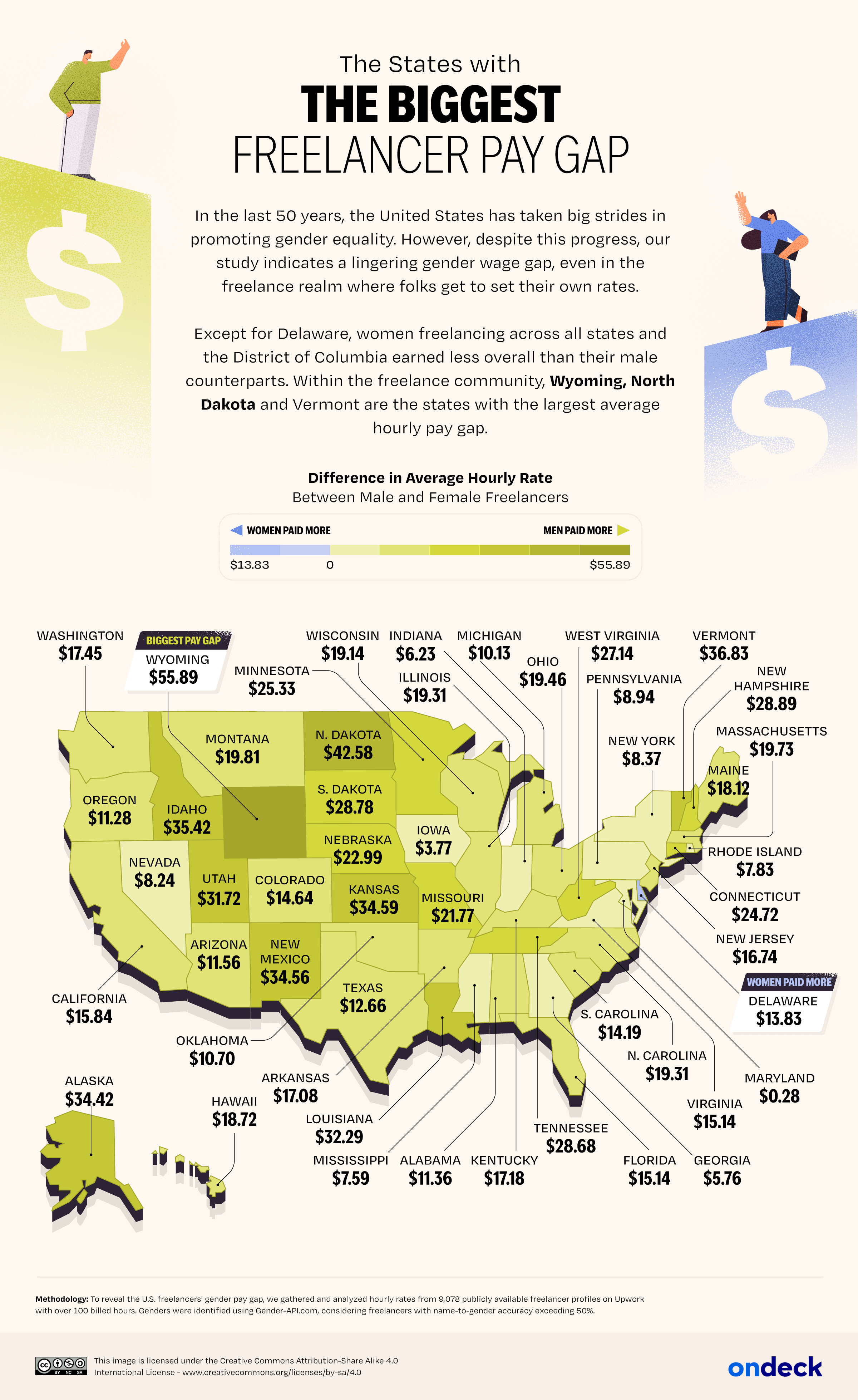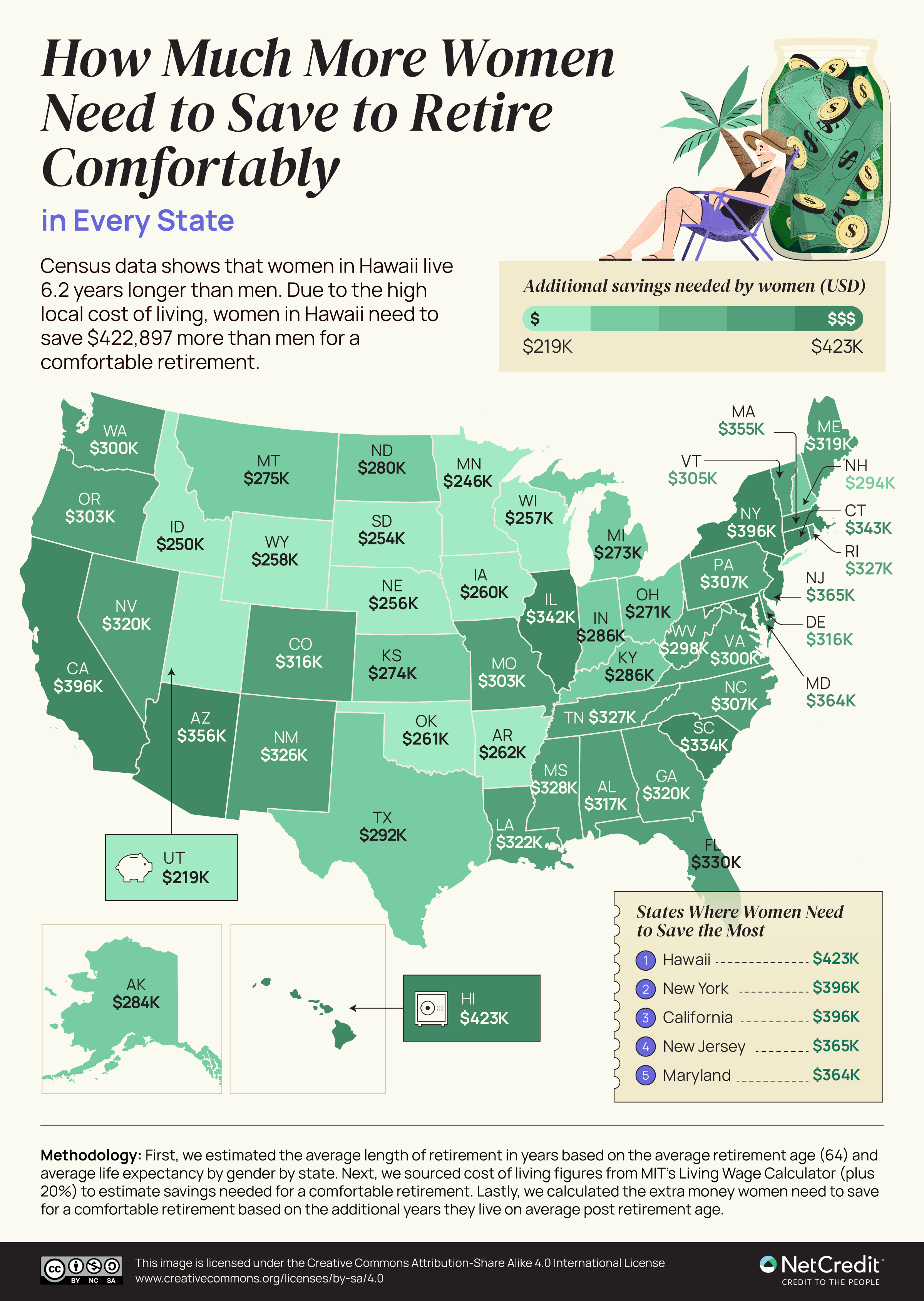Sex Gap in Life Expectancy Throughout the World Mapped

Life is a journey with an intriguing biological twist: across the globe, women consistently outlive men. A fascinating world map created by Reddit user JoeFalchetto, using United Nations data, reveals the stark differences in life expectancy between genders, sparking curiosity about the complex factors behind this phenomenon.
Life Expectancy: A Global Perspective
According to the United Nations Department of Economic and Social Affairs World Population Prospects 2024, the variations in life expectancy between men and women reveal profound societal and environmental impacts:
Extreme differences:
- Ukraine: 13.30 years gap
- Russia: 11.45 years gap
- Belarus: 10.20 years gap
Minimal differences:
- Togo: 0.39 years gap
- Papua New Guinea: 1.20 years gap
- Namibia: 1.50 years gap
These stark contrasts suggest that life expectancy differences are primarily driven by social, economic, and cultural factors rather than biological variations.
Biological Foundations of Longevity
Interestingly, while women live longer, nature maintains a delicate balance. At birth, approximately 103-107 males are born for every 100 females. This natural mechanism helps maintain relatively balanced population demographics.
Scientists have uncovered multiple biological reasons why women tend to live longer:
- Genetic Advantage: Women’s double X chromosomes provide enhanced genetic protection and better immune responses.
- Metabolic Differences: Women typically have:
- Smaller visceral fat deposits
- Lower cardiovascular disease risks
- Longer telomeres, which are associated with cellular aging
- Hormonal Protection: Endogenous estradiol offers protective effects against various age-related diseases.
Societal and Cultural Impacts
While biology plays a crucial role, societal factors significantly influence life expectancy. In countries like Russia, cultural patterns contribute to lower male life expectancy through:
- Higher rates of alcohol and substance abuse
- Increased risk-taking behaviors
- Exposure to dangerous occupations and conflicts
Changing Demographic Landscapes
The World Health Organization’s recent global health report reveals fascinating trends in life expectancy:
- Between 2000 and 2019, global life expectancy increased by 6.3 years
- Developed countries saw a 4.5-year increase for men and a 5.8-year increase for women
- In emerging economies, the gap was even more pronounced, with women’s life expectancy growing 7.2 years compared to 5.7 years for men
These figures highlight a consistent pattern: as countries develop and improve healthcare, women’s life expectancy tends to improve more rapidly. This trend suggests ongoing improvements in gender-specific health outcomes and social conditions.
A compelling example is Japan, where women’s life expectancy reached 87.5 years in 2020, compared to 81.6 years for men – a gap of nearly 6 years (According to the Japanese Ministry of Health, Labour and Welfare).
Fascinated by maps? These world maps from Amazon make for stunning wall art that sparks conversation:
[Amazon Affiliate Links Section]
- Vintage World Map Poster
- Swiftmaps World Premier Wall Map Poster
- World Classic Premier Wall Map Poster (Laminated)
Disclosure: These are Amazon affiliate links. We may earn a small commission if you purchase through these links, at no additional cost to you.
What’s your take on these global life expectancy differences? Have you observed similar patterns in your community or travels? Share your insights in the comments below – we can’t wait to hear your perspective!








